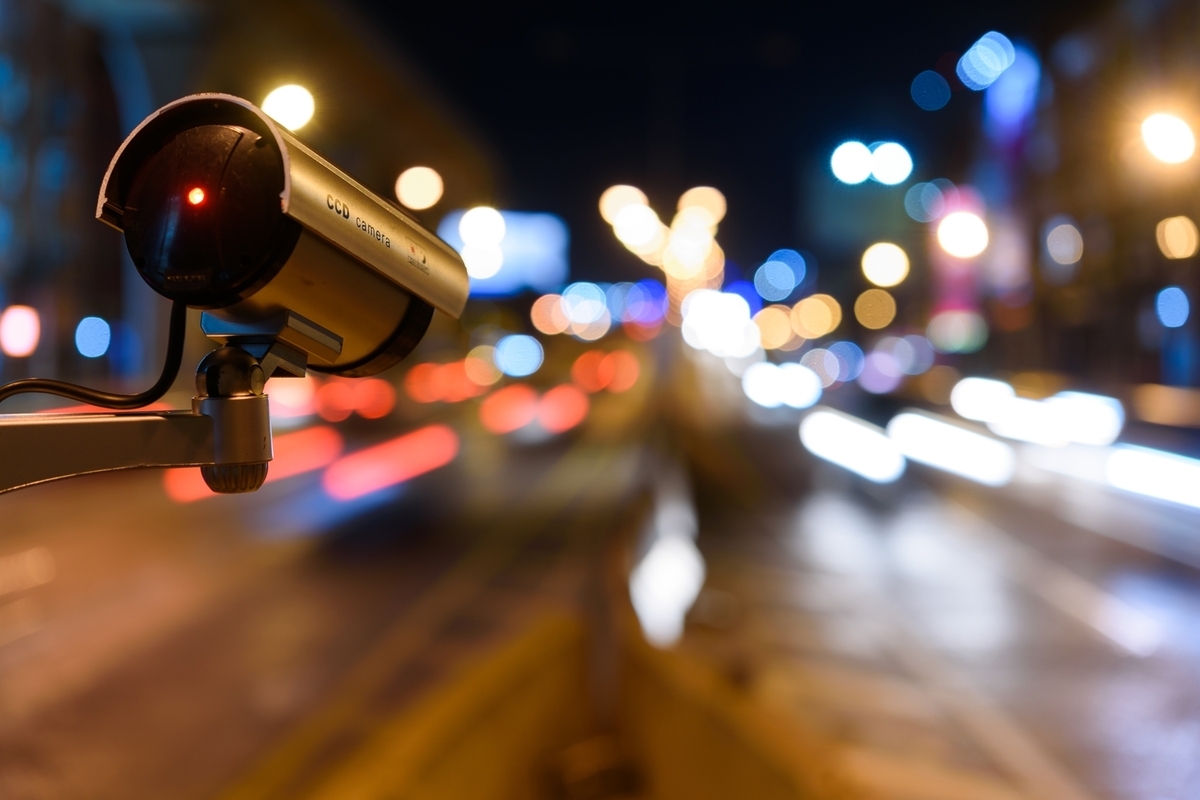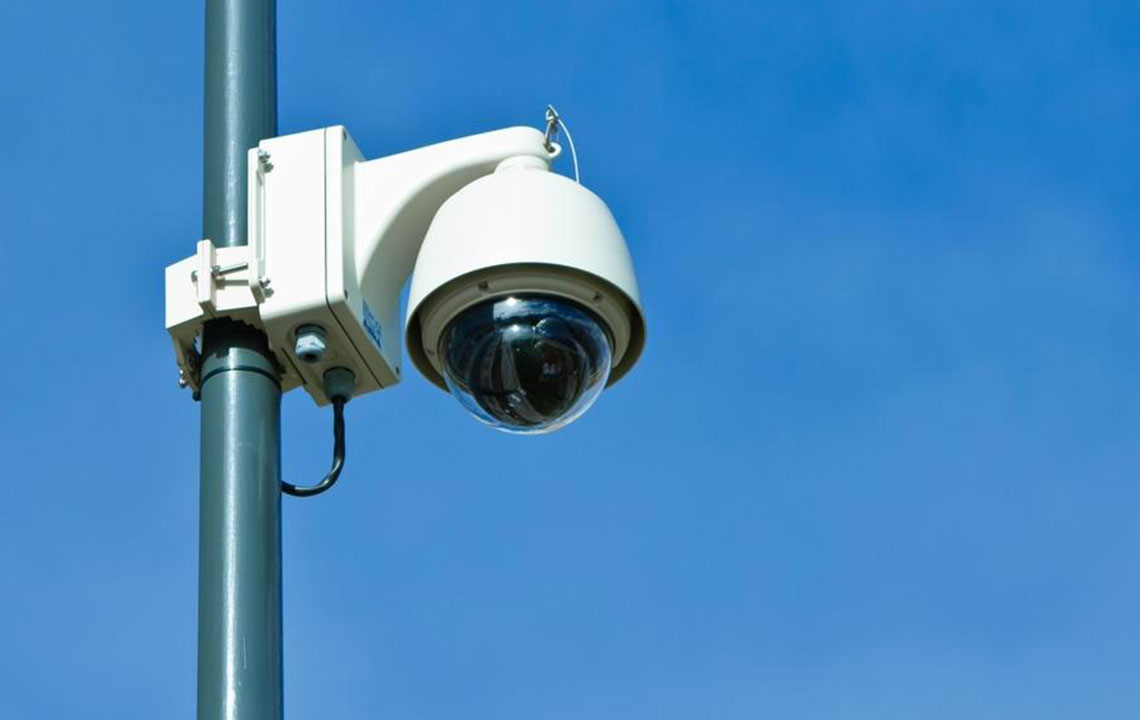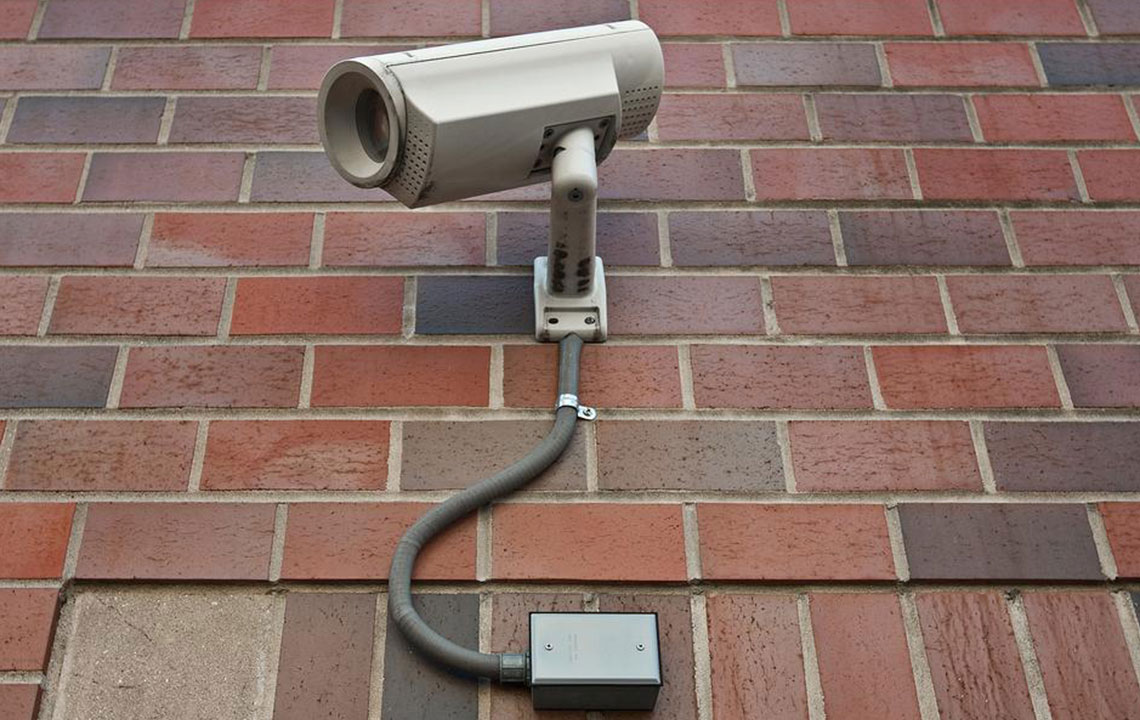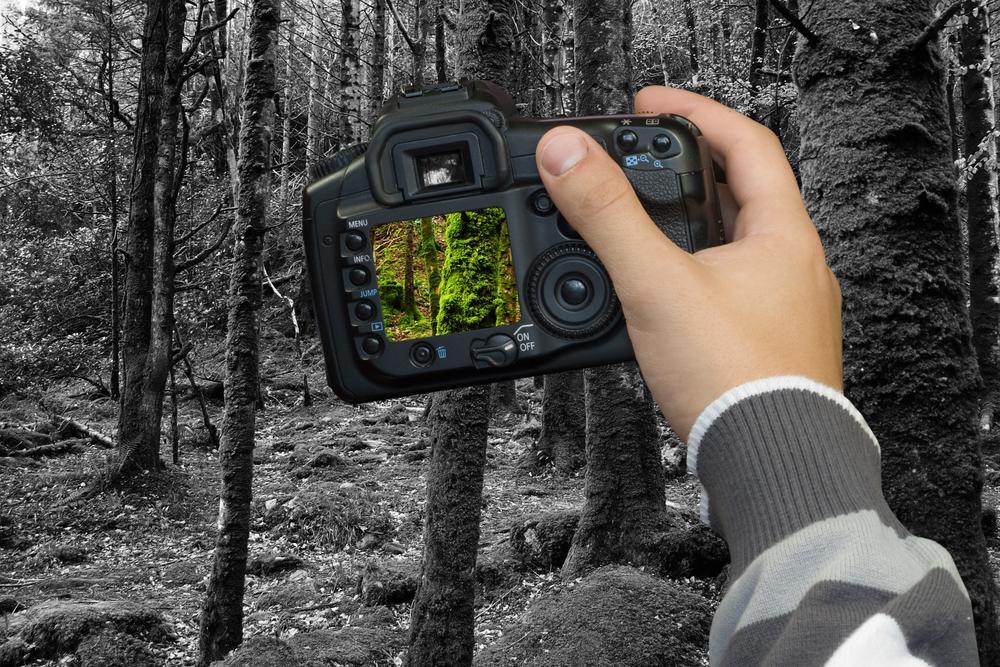Recognizing Different Types of Traffic Enforcement Cameras While Driving
This article explores various traffic enforcement cameras, including red light, speed, traffic sensors, ANPR, and stop sign cameras. It explains how each device operates, their typical locations, and tips to identify them. Drivers who understand these cameras can better comply with traffic laws, avoid fines, and contribute to safer roads. Knowing the differences between fixed and mobile cameras and their functions helps improve road awareness and compliance, ultimately enhancing traffic safety and flow.
Sponsored
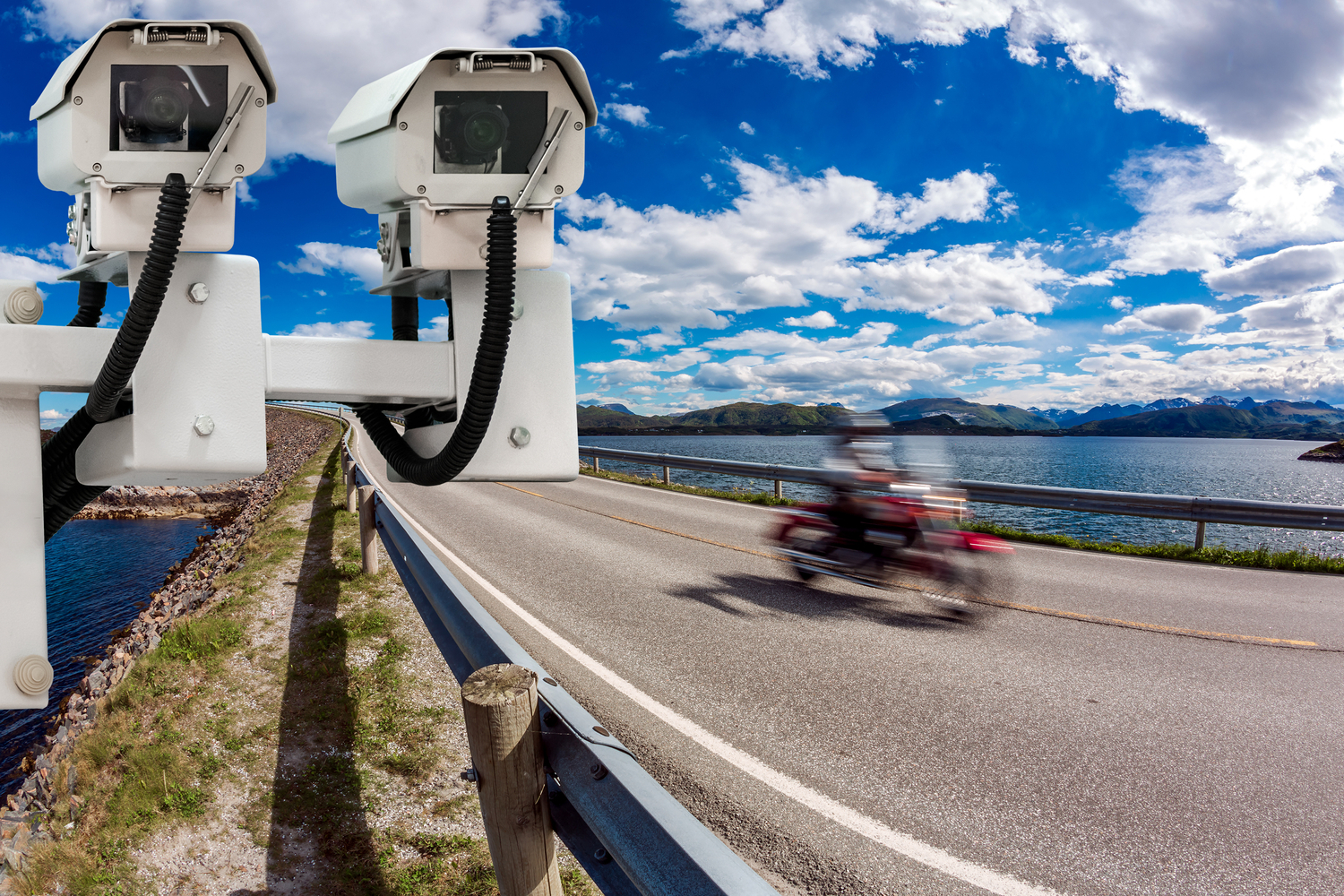
Traffic monitoring devices are essential tools used to oversee road safety, detect violations, and manage traffic flow. They help minimize accidents by capturing real-time data on incidents, weather conditions, and traffic violations. Law enforcement agencies have deployed a variety of camera systems over time to monitor driving behavior. Being aware of these cameras can help drivers avoid penalties and stay compliant. Today, several types of live traffic cameras are commonly found on roads worldwide.
Popular Types of Traffic Cameras
Common road surveillance devices include red light cameras, speed cameras, traffic sensors, ANPR (Automatic Number Plate Recognition), and stop sign cameras.
Red Light Cameras
This camera activates when a vehicle crosses the stop line after the traffic signal turns red. They capture two images of the license plate and a short video of the violation, usually lasting 12 seconds.
Typically positioned near intersections, these cameras operate discreetly but emit flashes when capturing images. Drivers are often warned beforehand that they are entering monitored zones.
Speed Cameras
These devices function similarly to red light cameras but focus on monitoring vehicle speeds. They are often installed in areas prone to speeding issues, such as residential neighborhoods or rural routes.
Speed cameras come in two types: fixed and mobile. Fixed cameras are mounted on poles or overhead structures and are easily identifiable due to their appearance and flashing lights. Mobile cameras are concealed inside vans or tripods, making them harder to detect.
Traffic Sensor Cameras
Small, dome-shaped, and weatherproof, these cameras are installed atop light poles. They track traffic flow and signal timing but are seldom used for enforcement. Nevertheless, they provide valuable data for traffic management and public information about congestion.
ANPR (Automatic Number Plate Recognition) Cameras
ANPR cameras scan and read vehicle license plates automatically. Usually placed at intersections, they operate using infrared technology, allowing clear imaging even at night. This facilitates tracking vehicles and matching data with government records for enforcement purposes without directly issuing tickets.
Stop Sign Cameras
These cameras utilize radar to monitor whether vehicles stop properly at stop signs. Installed in large boxes with warning signs, they help enforce compliance by recording violations when necessary.
Understanding the different camera types helps drivers recognize surveillance, adhere to traffic rules, and avoid unwarranted penalties. Recognizing these devices ensures safer roads and better traffic management.

